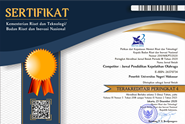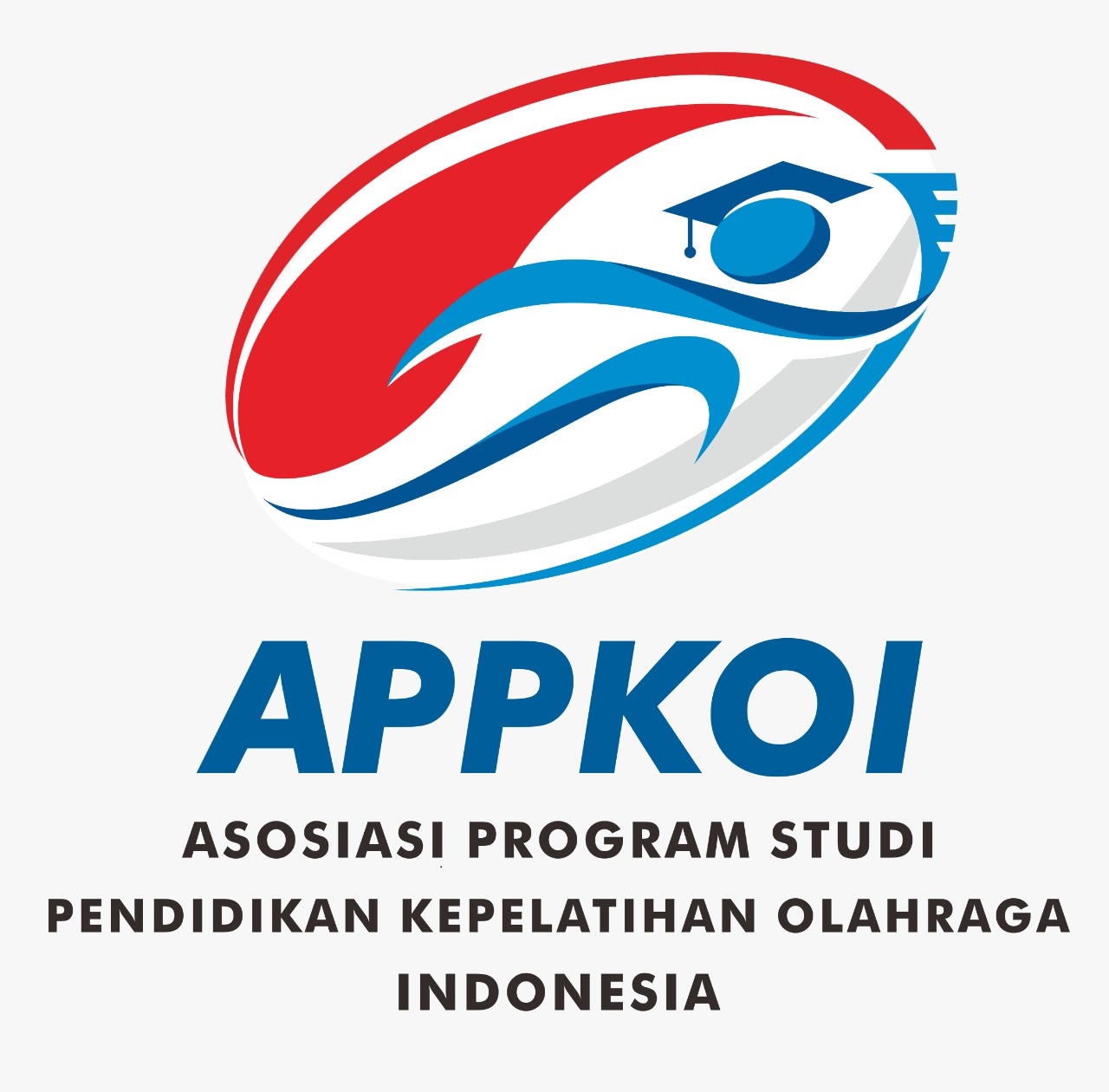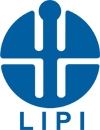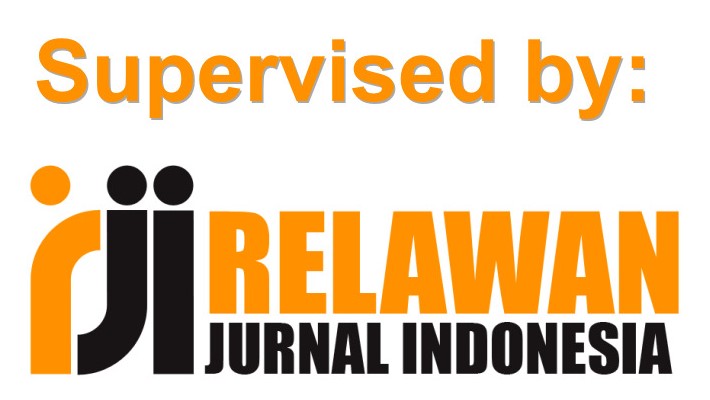Hematological Profiles Due to Mask Use at Maximum Physical Activity
(1) Cenderawasih University
(2) Cenderawasih University
(3) Department of Nutrition Politeknik Keshealth Ministry of Health Jayapura
(4) Cenderawasih University
(5) University of Negeri Makassar
(*) Corresponding Author
DOI: https://doi.org/10.26858/cjpko.v14i3.38760
Abstract
Keywords
Full Text:
PDFReferences
Actor, J. K. (2011). Elsevier's Integrated Review Immunology and Microbiology E-Book: with Student Consult Online Access.
Susilo, A., Rumende, C. M., Pitoyo, C. W., Santoso, W. D., Yulianti, M., Herikurniawan, H., ... - Yunihastuti, E. (2020). Coronavirus disease 2019: A review of the latest literature. Indonesian journal of internal medicine, 7(1), 45-67.
Adliah, F. (2012). The Relationship Between Physical Activity and Vo2 Max Level in Physiotherapy Students of the Faculty of Medicine, Hasanuddin University, Makassar in 2012 (Doctoral dissertation, Hasanuddin University).
Liben, A. A. G. D. P. Hemoglobin, Hematocrit And Malondialdehyde (MDA) Erythrocyte Levels In Submaximal Activity.
Arikunto, S. (2010). Research Procedures, Theory, and Applications. Rineka Cipta, Jakarta.
Halliwell, B. (2006). Reactive species and antioxidants. Redox biology is a fundamental theme of aerobic life. Plant Physiology, 141(2), 312-322.
Baratawidjaja, K. G. (2001). Basic immunology.
Effendi, Z. (2003). The role of leukocytes as an anti-allergic inflammation in the body. Histology Section of the Faculty of Medicine. USU: Medan.
Çimen, M. B. (2008). Free radical metabolism in human erythrocytes. Clinica chimica acta, 390(1-2), 1-11.
Dolan, L. B., Gelmon, K., Courneya, K. S., Mackey, J. R., Segal, R. J., Lane, K., ... - McKenzie, D. C. (2010). Hemoglobin and Aerobic Fitness Changes with Supervised Exercise Training in Breast Cancer Patients Receiving ChemotherapyExercise during Chemotherapy. Cancer epidemiology, biomarkers & prevention, 19(11), 2826-2832.
Effendi, Z. (2003). The role of leukocytes as an anti-allergic inflammation in the body. Histology Section of the Faculty of Medicine. USU: Medan.
Estridge, B. H., & Reynolds, A. P. (2011). Basic clinical laboratory techniques. Cengage Learning.
Ewangga, B., Akbar, I. B. A., & Nilapsari, R. (2015). Differences in Hemoglobin Levels that Exercise Futsal and Do Not Exercise. Proceedings of Physician Education, 172-176.
Fox, E. L., Bowers, R. W., & Foss, M. L. (1993). The physiological basis for exercise and sport (No. Ed. 5). Brown & Benchmark.
Gandasoebrata, R. (1968). Clinical laboratory guide.
Giriwijoyo, S., & Sidik, D. Z. (2012). The science of sports faal. Bandung: PT. Juvenile Rosdakarya Offset.
Gunadi, V. I., Mewo, Y. M., & Tiho, M. (2016). A picture of hemoglobin levels in construction workers. Journal of e-biomedicine, 4(2).
Guyton, A. C., & Hall, J. E. (2008). Textbook of Medical Physiology. Issue 11. Jakarta: EGC. Forces Journal of Sound Health Research, 2(1), 164-165.
Hardjoeno, H. (2003). Interpretation of Diagnostic Laboratory Test Results. Makassar: Hasanuddin University Publishing Institute.
Hasanan, F. (2018). The Relationship between Hemoglobin Levels and Cardiovascular Endurance in Athletic Athletics, Makassar State University (Doctoral dissertation, Makassar State University).
Sudiana, I. K. (2017). Maximum Oxygen Consumption (Vo2 Max) And Sports Activities. Journal of the Prosecutor, 2(2), 76-87.
Irianti, E. (2008). The effect of moderate physical activity on leukocyte counting and leukocyte cell counting in untrained people (Doctoral dissertation, USU e-Repository).
Ministry of Home Affairs, R. I. (2020). General Guidelines for Dealing with the COVID-19 Pandemic for Local Governments: Prevention, Control, Diagnosis, and Management. Ministry of Home Affairs of the Republic of Indonesia.
Kiyatno. (2009). Effect of Submaximal Physical Activity, Time of Vitamin Antioxidant Administration and Fitness Levels on Muscle Condition. (Doctoral dissertation, Semarang State University).
Adliah, F. (2012). The Relationship Between Physical Activity and Vo2 Max Level in Physiotherapy Students of the Faculty of Medicine, Hasanuddin University, Makassar in 2012 (Doctoral dissertation, Hasanuddin University).
Kosasih, E. N., & Kosasih, A. S. (2008). Interpretation of the results of clinical laboratory examinations. Tangerang: Charisma Publishing Group.
Kristanti, C. M. (2002). Lack of physical condition and measurement instruments. Health Research and Development Media, 12(1).
Lesmana, S. I. (2002). The basic principles of sports injuries.
Mairbäurl, H. (2013). Red blood cells in sports: effects of exercise and training on oxygen supply by red blood cells. Frontiers in physiology, 4, 332.
Nieman, D. C., & Wentz, L. M. (2019). The compelling link between physical activity and the body's defense system. Journal of sport and health science, 8(3), 201-217.
Said, M., Feki, Y., Aouni, Z., Machghoul, S., Hamza, M., & Amri, M. (2009). Effects of sustained intensive physical activities on immune cells circulating and pro-inflammatory cytokines production in trained and untrained humans. SCIENCE ET SPORTS, 24(5), 229-237.
Sinaga, F. A., Ginting, M., Fitri, K., & Harefa, R. (2017). The effect of maximum physical activity on the number of leukocytes in students majoring in sports science. Campus Generation, 10(1).
Sutedjo, A. Y. (2009). Pocket books recognize diseases through the results of laboratory examinations. Amara Books Publishers, Yogyakarta, pp, 114, 115.
Riswanto, K. (2009). Hematology Laboratory Examination.
Agustina, V. I., & Nugroho, T. (2012). Comparison of Micro Hematocrit Level Examination Results in Blood Containing EDTA Anticoagulants with Fresh Blood Without Anticoagulants, Journal of Health Analysts
Yuliarto, H. (2001). Effect Of Low- And Medium-Intensity Aerobic Exercise On Eosinophil Concentrations: Laboratory experimental research (Doctoral dissertation, Universitas Airlangga).
Article Metrics
Abstract view : 105 times | PDF view : 27 timesRefbacks
- There are currently no refbacks.
Copyright (c) 2022 Pahala Tua Hutajulu, Wahida Y. Mapandin, Budi Kristanto, Yohanis Manfred Mandosir, Syahruddin Syahruddin

This work is licensed under a Creative Commons Attribution 4.0 International License.
COMPETITOR IS LICENSED BY :
 COMPETITOR is licensed under a Creative Commons Attribution 4.0 International License.
COMPETITOR is licensed under a Creative Commons Attribution 4.0 International License.
COMPETITOR EDITORIAL LOCATION :
![]() Kampus FIK Banta Bantaeng, Jalan Wijaya Kusuma Nomor 14, Rappocini, Makassar, Postal Code 90222
Kampus FIK Banta Bantaeng, Jalan Wijaya Kusuma Nomor 14, Rappocini, Makassar, Postal Code 90222
COMPETITOR IS INDEXED BY















